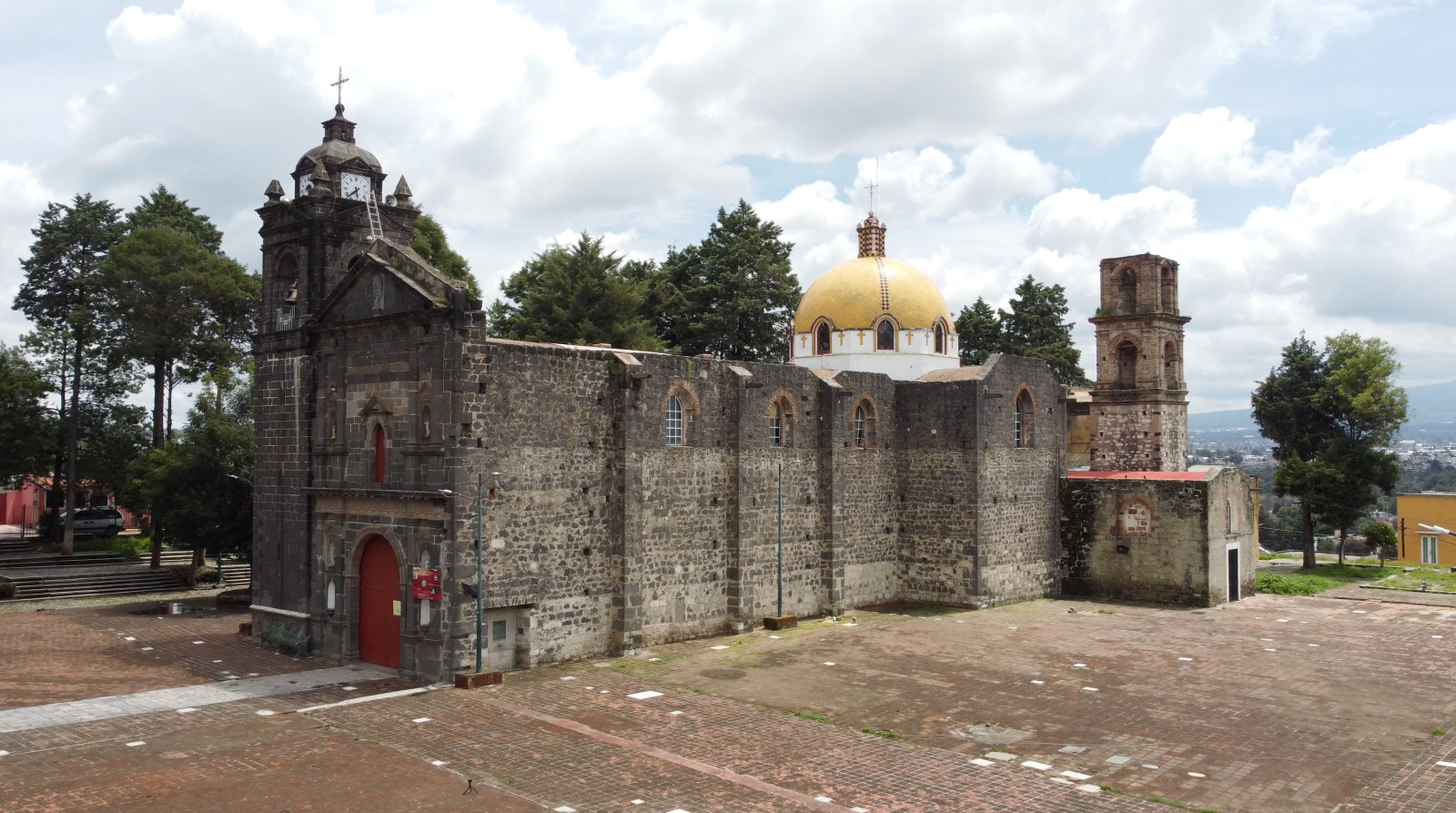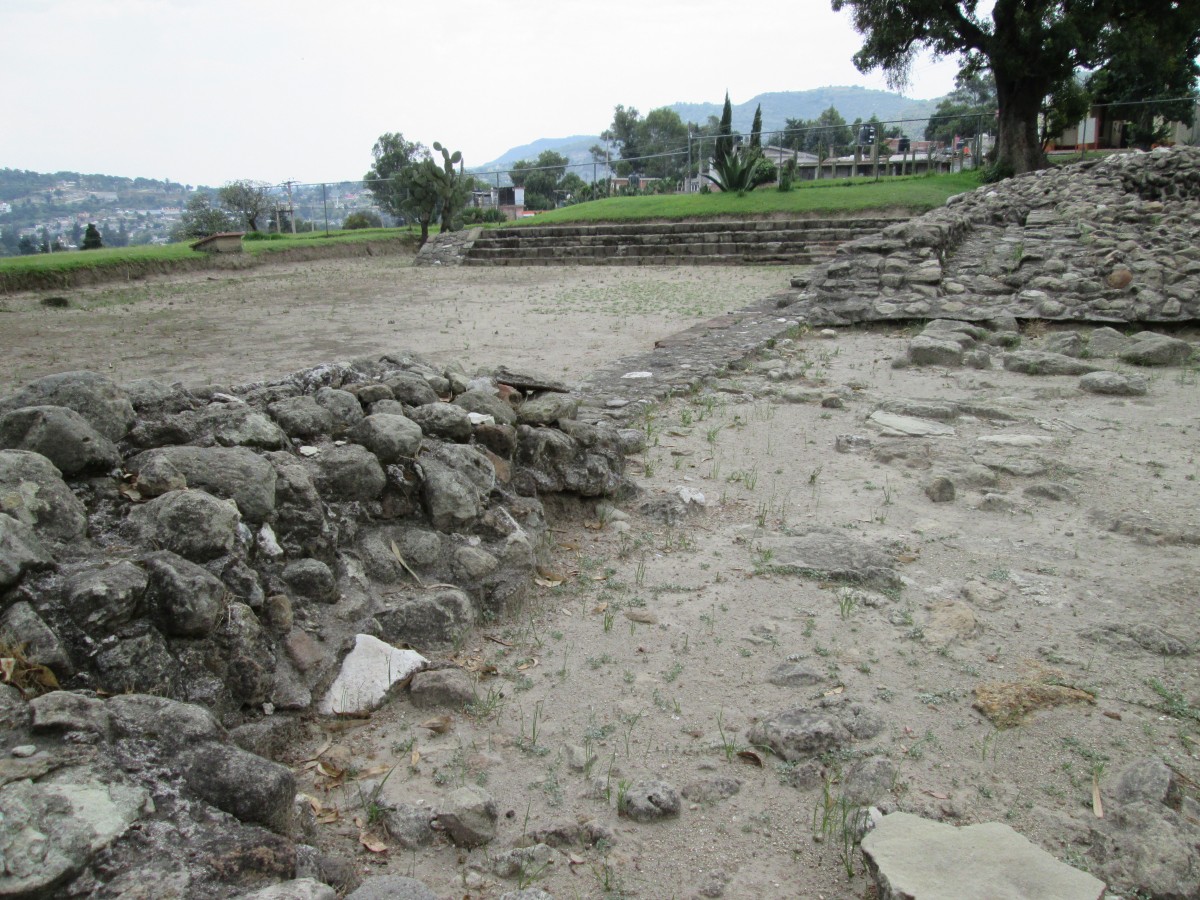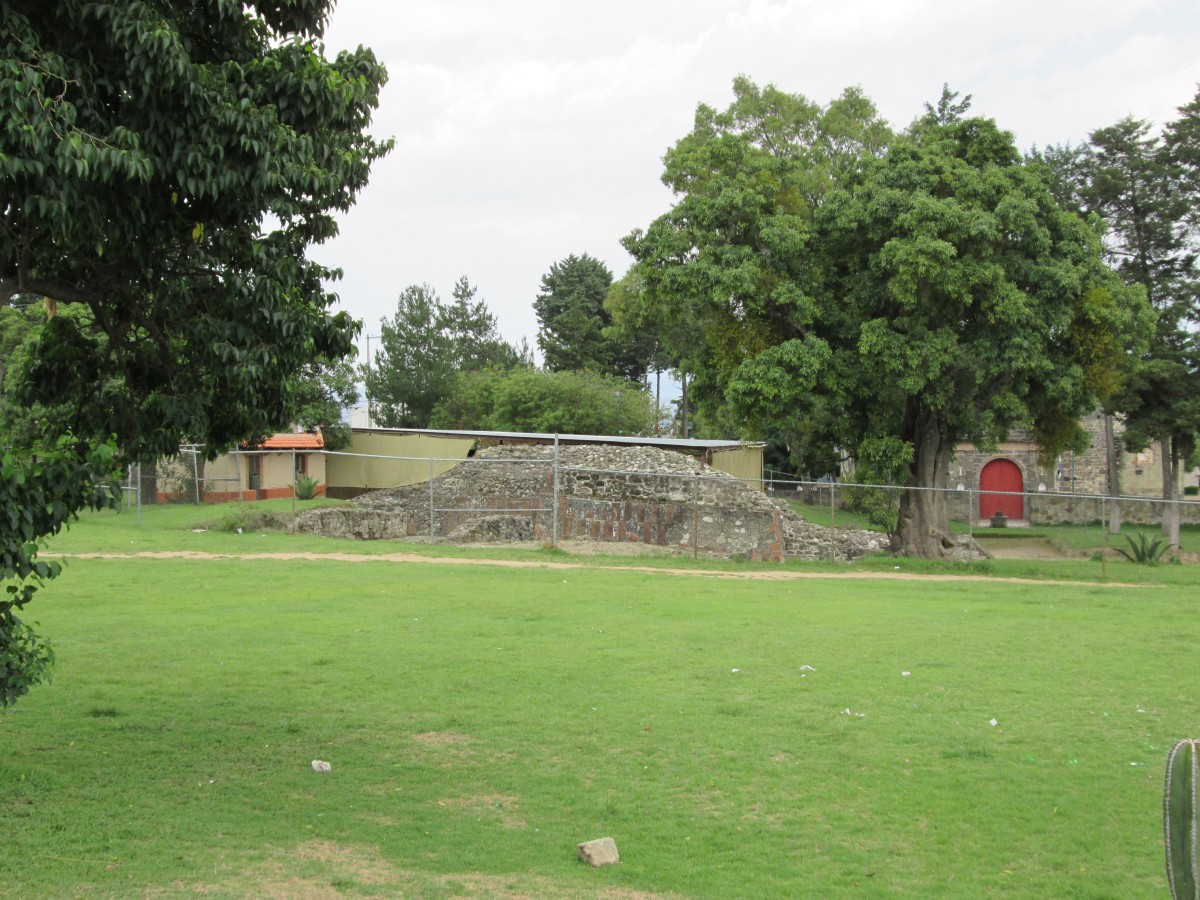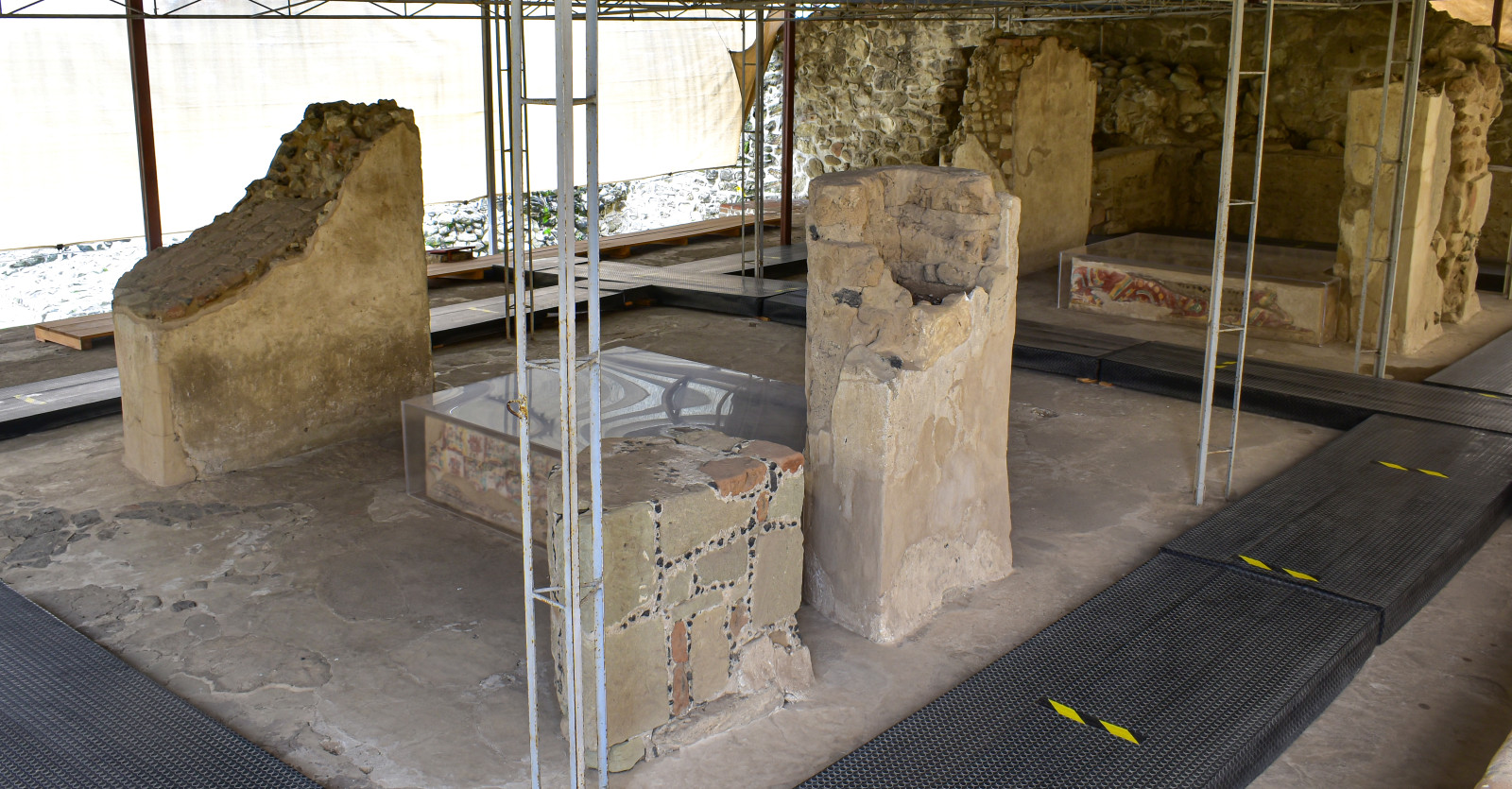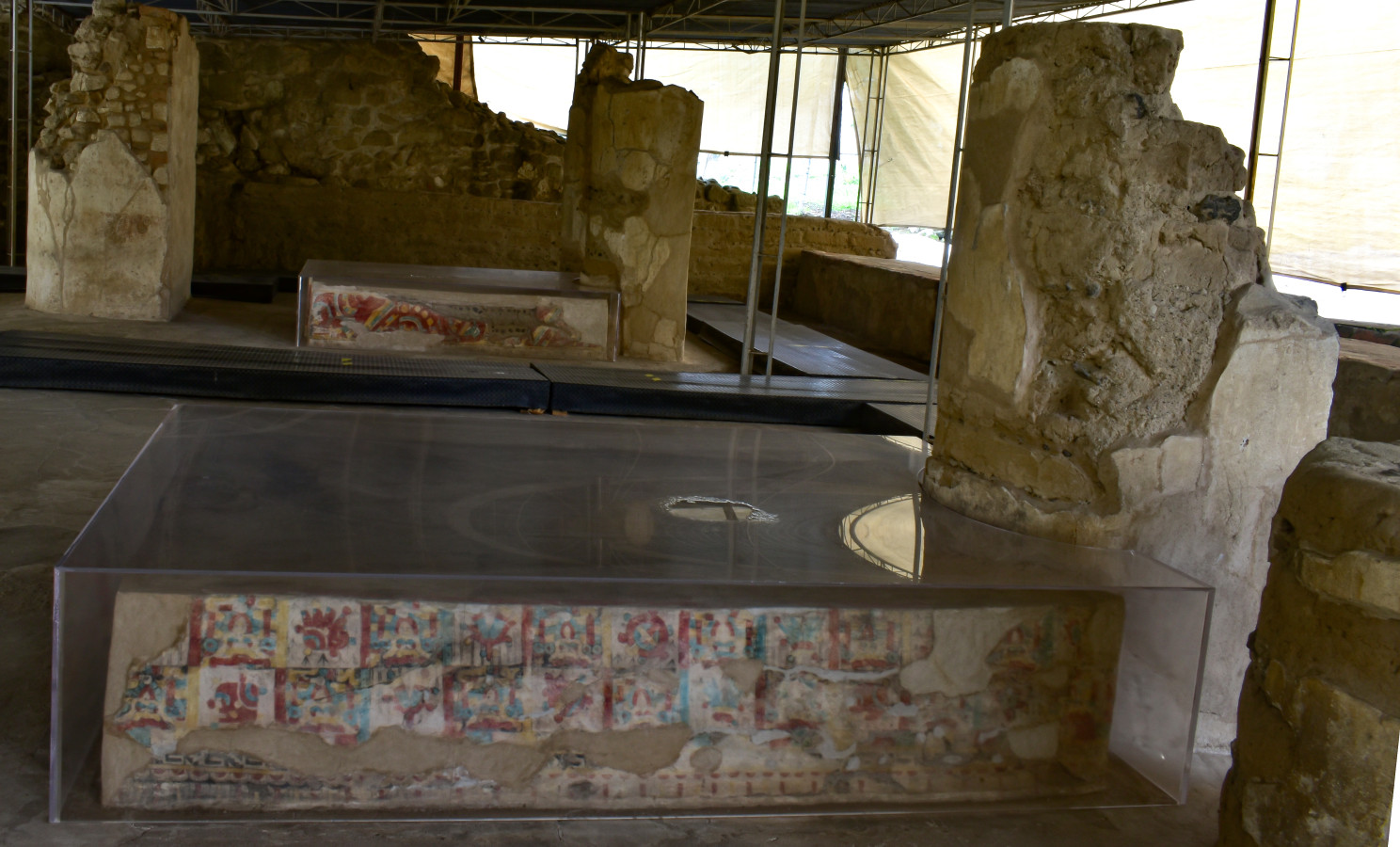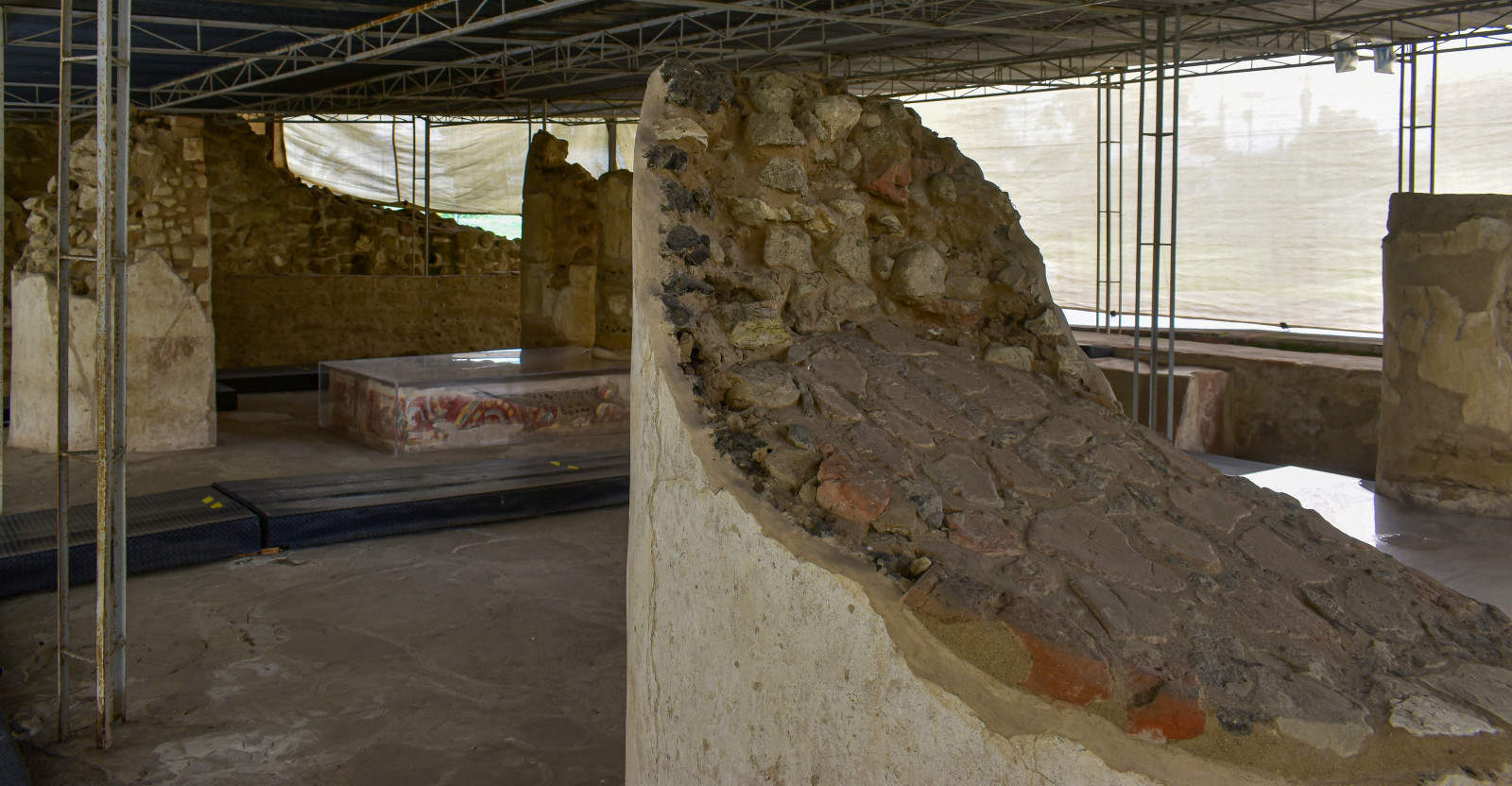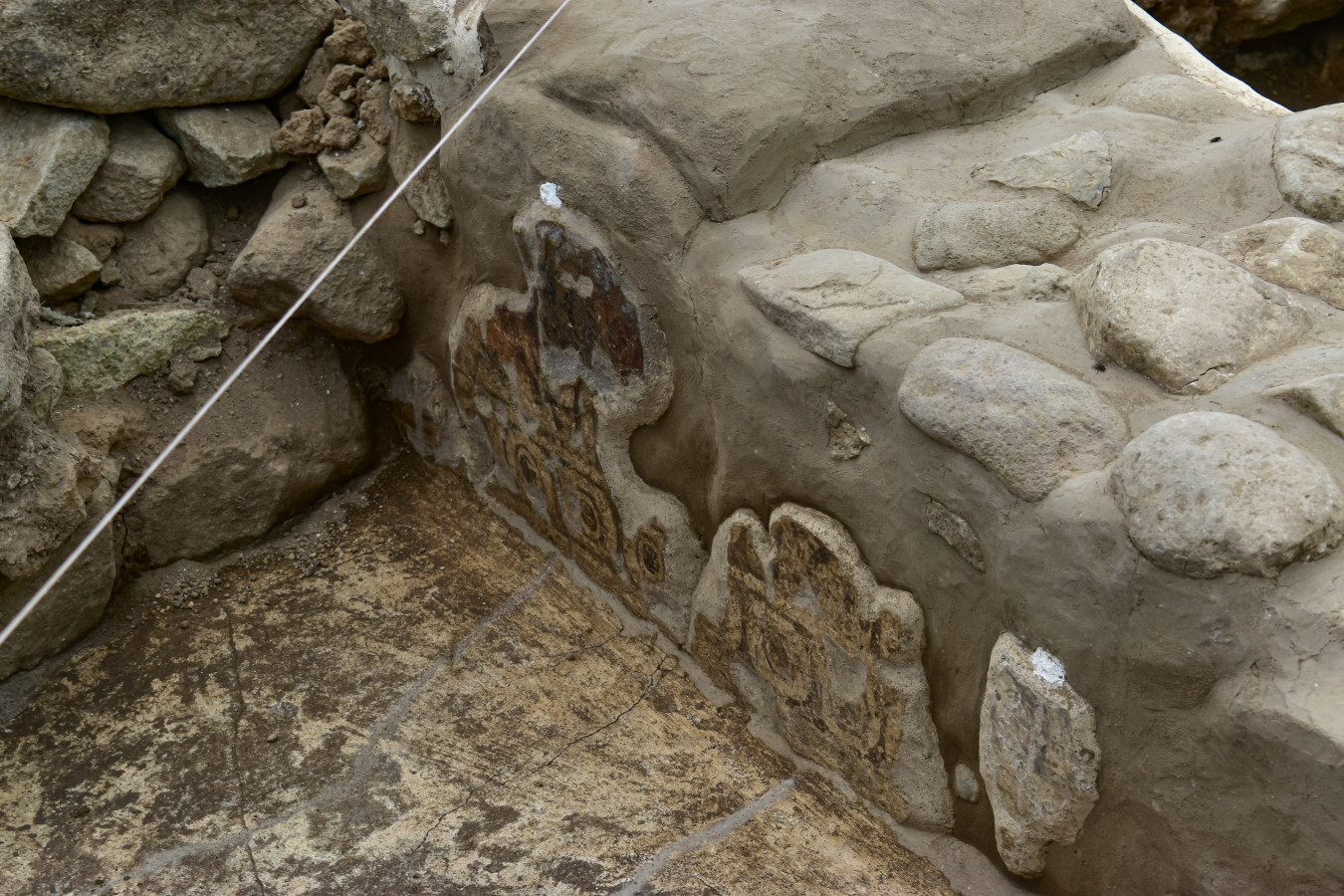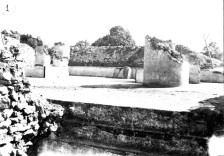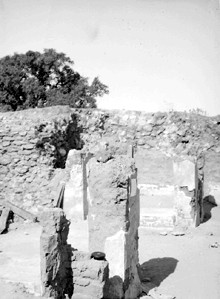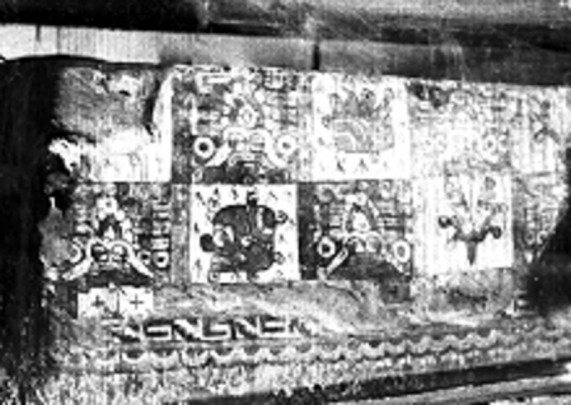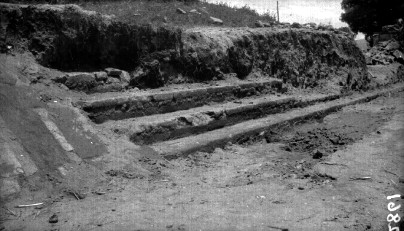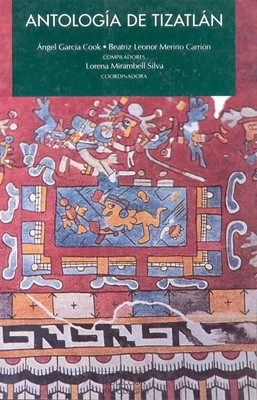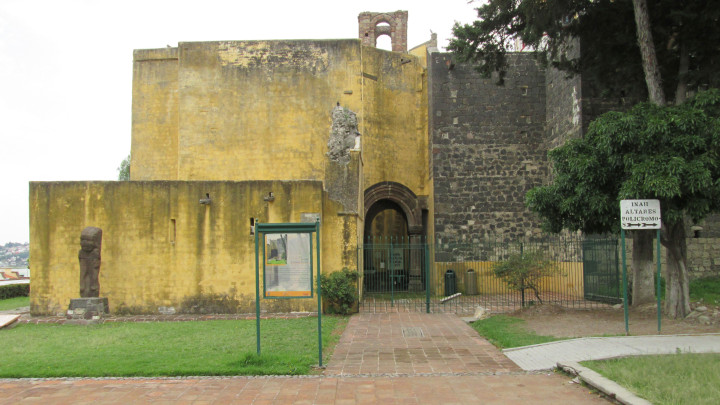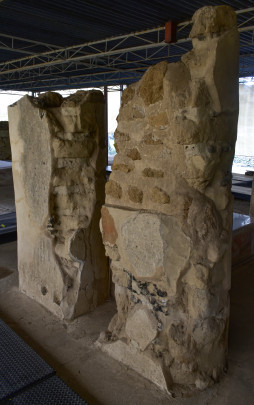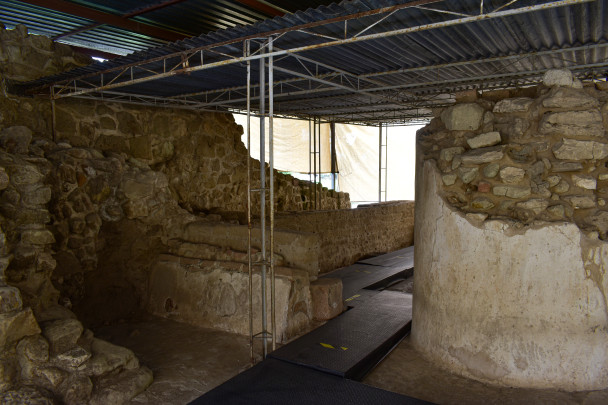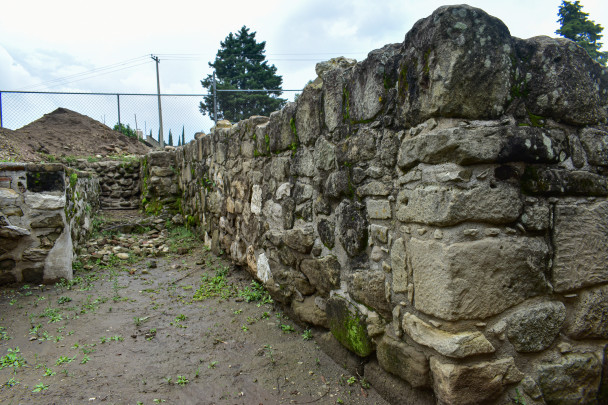The archeological zone of Tizatlan is located on an artificial platform built on the lower slopes of Cerro Oztotl (Cerro Blanco), located on the right bank of the Zahuapan River and at a distance of 1.5 miles from the capital of the present-day state of Tlaxcala.
Archeological evidence points to the continual occupation of the site from the Middle Formative period. However the site principally dates to the Postclassic, from 1100 to 1529. There were significant Chichimec migrations during this period, episodes of conflict and political instability, together with the rise of factions and alliances between different altepemeh ("towns" in Nahuatl), which gave rise to a period of subjugation and conquest by groups entering the valley of Tlaxcala.
Once the Conquest was over, the Teochichimecs settled in Tepectipac, claiming rights over the territory and to tax the people. This had repercussions on relations with other altepemeh in the region which had also conquered some of the surrounding provinces such as Cuauhtinchan, Huexotzingo and Cholula. The territorial expansion of the Teochichimecs from the fourteenth century led to the establishment of new settlements such as Ocotelulco, Tizatlan and Teotlalpan, which over time led to the concentration of military and economic power in the territory.
As one of the four altepetl Tizatlan was an important member of the Tlaxcallan confederation, alongside Ocotelulco, Quiahuiztlan and Tepeticpac. It was at the altepetl of Tizatlan that Xicotencatl, the tlatoani or chief of the day, received Hernán Cortés on his arrival in the Tlaxcala region in 1519.
Polychrome altars were discovered in one of the principal buildings of the archeological site in 1927. This attracted the attention of leading specialists who established archeological programs to better understand the pre-Hispanic settlement of Tizatlan and to locate it in its cultural and regional context.
Over the course of 86 years, a number of archeological excavations have uncovered parts of the palace of Xicotencatl.
- This is one of the few archeological sites where the use of bricks can be seen. The principal structure of the plinth is clad in this material.
-
+52 (246) 462 9375

